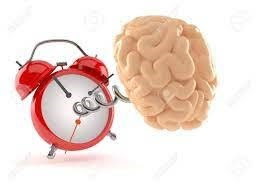The Psychology of Anxiety
The Psychology of Anxiety: Understanding the Brain’s Alarm System
What Is Anxiety?
The Brain’s Alarm System
At the heart of anxiety is the amygdala, a small almond-shaped structure deep within the brain. It plays a key role in detecting threats and triggering the fight-or-flight response.
Here’s how it works:
-
Perceived Threat – You encounter a potential threat (like a loud noise or a stressful situation).
-
Amygdala Activation – The amygdala sounds the alarm, preparing your body to react
Physical Response – Your body floods with stress hormones like adrenaline and cortisol. Your heart races, breathing quickens, muscles tense—ready to “fight or flee.
Prefrontal Cortex Involvement – This part of your brain (responsible for reasoning) tries to assess the situation logically. But in anxious people, the amygdala often overrides this, keeping the body in a hyper-alert state.
Why Anxiety Sticks Around
Sometimes, the brain becomes hypersensitive to perceived danger. Past trauma, chronic stress, or genetic predispositions can cause the alarm system to go off even when no real threat exists—like a car alarm that goes off from a gust of wind.
This leads to anticipatory anxiety, panic attacks, or constant worry—hallmarks of anxiety disorders.
How to Calm the Alarm System
Good news: the brain can be rewired. Here are a few proven strategies:
-
Mindfulness & Meditation – Helps calm the amygdala and strengthen the prefrontal cortex.
-
Cognitive Behavioral Therapy (CBT) – Teaches you to challenge and change unhelpful thought patterns.
-
Exercise – Reduces stress hormones and boosts feel-good chemicals.
-
Breathing Techniques – Signals to the brain that you’re safe, slowing the anxiety response.
Professional Support – Therapy and, if necessary, medication can make a big difference.


Comments
Post a Comment